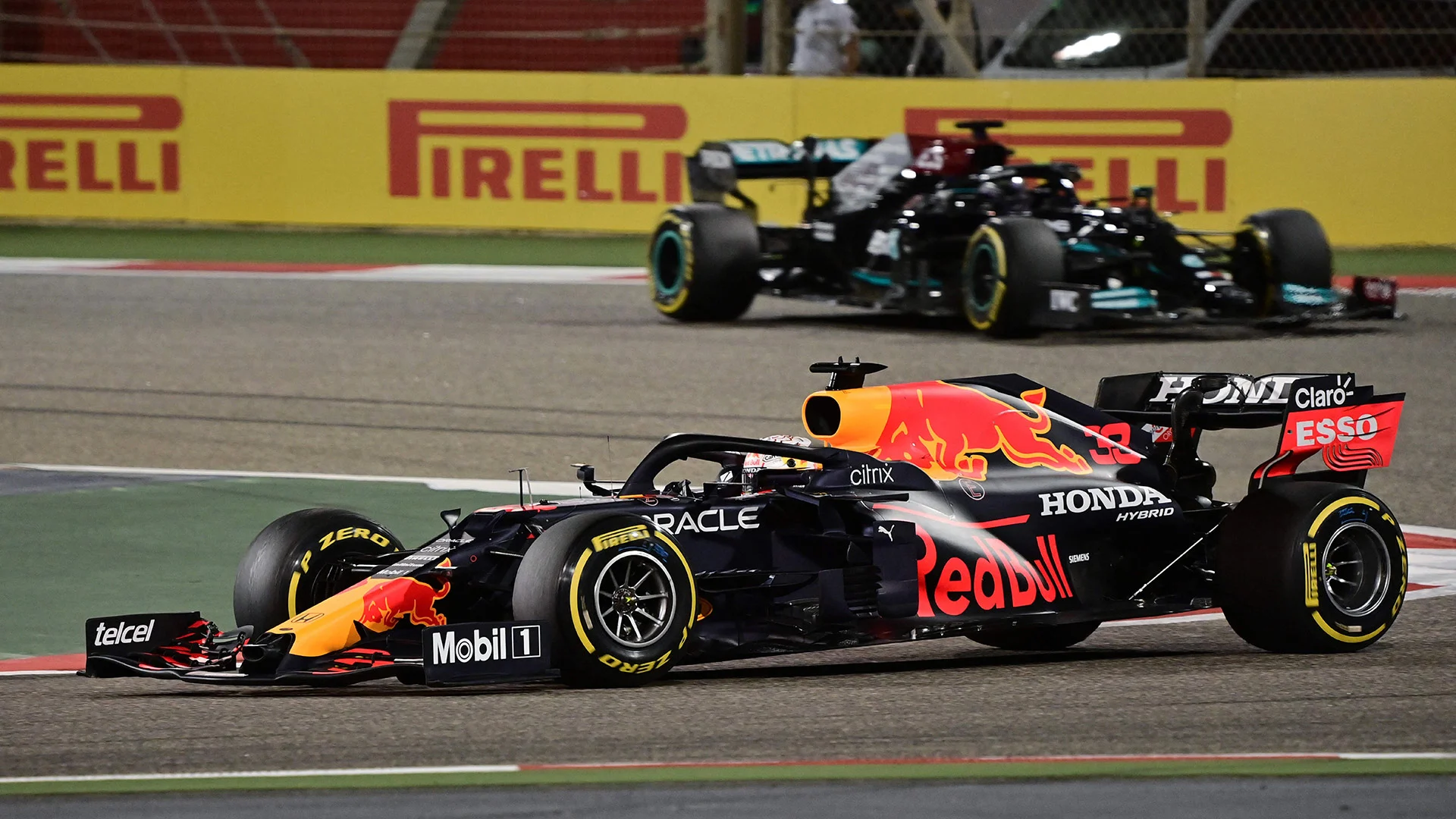TECH TUESDAY: Why Red Bull’s ingenious rear suspension is helping give them the edge in 2021


It's early days, but Red Bull’s RB16B has been the sensation of the season so far given Max Verstappen’s resounding pole position at the opening round over Lewis Hamilton’s previously dominant Mercedes. Much has been made of how the regulation floor change has impacted less upon the high-rake cars such as the Red Bull and more upon the low-rake Mercedes. But as F1 tech expert Mark Hughes explains, this may be only part of the explanation for Red Bull’s emergence as title favourites.
A very significant part of why Red Bull have been able to maintain good downforce on the rear of the car despite the trimmed floor area and accompanying restrictions is their ingenious re-design of the rear suspension.
READ MORE: What's a differential – and did a faulty one cost Verstappen victory in Bahrain?
Under the pandemic-inspired restrictions to chassis changes, with just two development tokens permitted in adapting last year’s cars to those of 2021, changes to external suspension parts (such as wishbones and pullrods) are not subject to the restriction.
But changes to the internal parts of the suspension (the inboard rockers and dampers) are. Changes to the mounting points would incur a development token spend as that would necessitate a change to the gearbox casing and/or crash structure.

Red Bull have managed to sweep their rear suspension back in quite a similar way to how Mercedes managed it last year when there were no restrictions and when they could therefore place the mounting points anywhere they chose.
But Red Bull have done it while retaining the existing mounting points and thereby not incurring development token spend in this area. Red Bull were already mounting the rearward wishbone very far back, but with the RB16B they have also been able to also move the forward leg back.
READ MORE: Red Bull performance at unfavoured Bahrain shows they are ‘leading the pack’, says Wolff
Sweeping the rear suspension further back has freed up a big volume of space which is hugely valuable real estate for the aerodynamicists as they strive to direct the airflow from the sidepods to the space between the rear tyre and diffuser wall. The faster they can induce this to flow, the harder it will scavenge the air from inside the diffuser as it passes around and behind it.

How have Red Bull accomplished this without changing the mounting points? In Giorgio Piola’s comparison drawing between last year’s RB16 (left) and this year’s RB16B (right), we can see how the skinny toe link (blue in the circled schematics) has been moved from behind to ahead of driveshaft (red).
The toe link picks up from the top wishbone at the wheel end as before, but as it extends down it now goes forward to pick up at the mounting point previously used for the forward leg of the bottom wishbone (wishbone in yellow).
So where has the bottom wishbone gone with its forward mounting point now stolen by the toe link? The forward leg of the bottom wishbone has been reversed, picking up at the same point at the wheel but now angled backwards to pick up inboard at what was previously the mounting point for the rear leg. The rear leg of the wishbone picks up inboard at what was previously the mount for the toe link.

It has meant that the angle between the front and rear legs of the wishbones is much narrower and will therefore not be as inherently strong, and so will need to be heavier to compensate. But it gets the bulky wishbones out of the most aerodynamically sensitive area and moves them back.
It’s a highly ingenious mechanical solution to the development token restriction – while its aerodynamic value has probably only been enhanced by the regulation floor restriction.
Next Up
Related Articles
 Leclerc calls Ferrari’s focus shift to 2026 a ‘no-brainer’
Leclerc calls Ferrari’s focus shift to 2026 a ‘no-brainer’ 11 times F1 drivers took another driver’s car number
11 times F1 drivers took another driver’s car number GALLERY: Check out renders of the innovative 2026 car
GALLERY: Check out renders of the innovative 2026 car Marko ‘believed in me when others didn’t’ – Lindblad
Marko ‘believed in me when others didn’t’ – Lindblad Everything you need to know about F1's new rules for 2026
Everything you need to know about F1's new rules for 2026 Beyond The GridThe best of 2025, from Norris’ evolution to Brad Pitt’s ‘need for speed’
Beyond The GridThe best of 2025, from Norris’ evolution to Brad Pitt’s ‘need for speed’